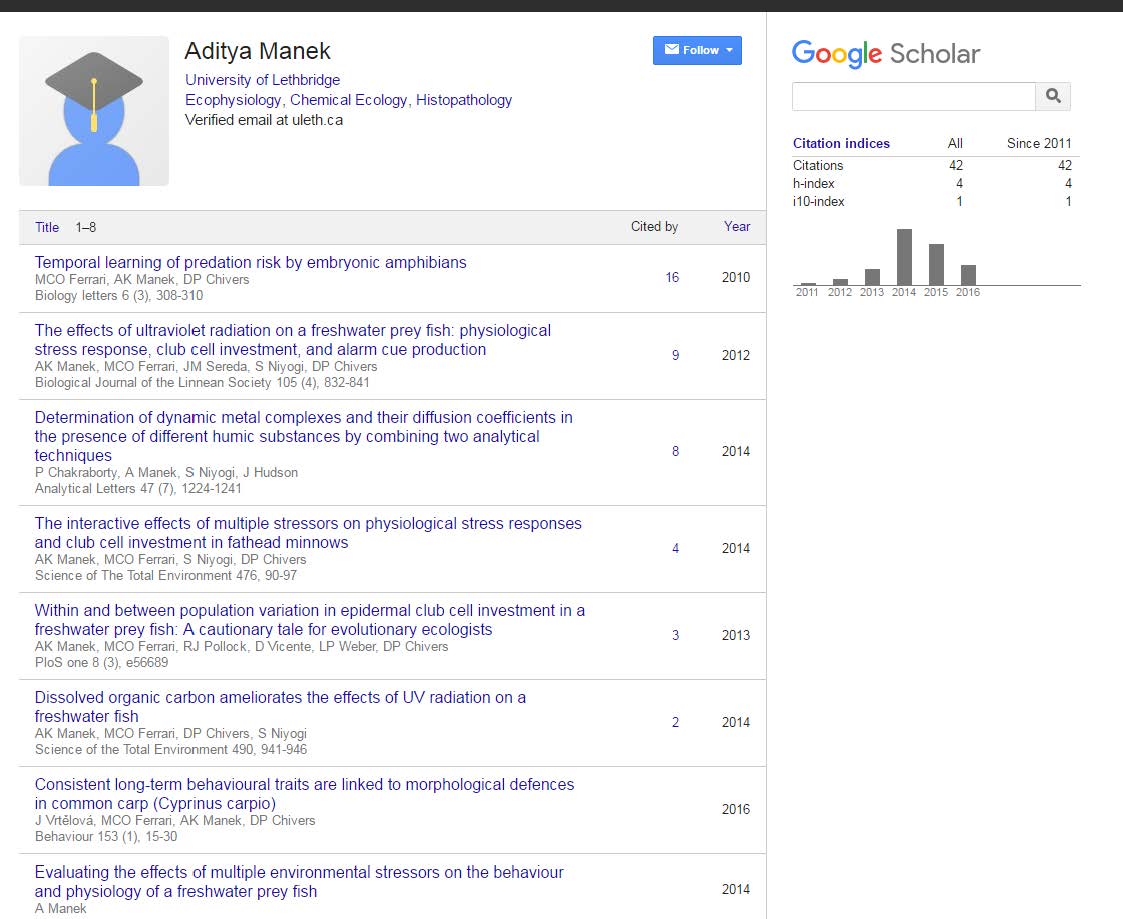
There are various way to measure your research impact. In the past, most tools use citation analysis, one way of measuring research output and impact. The analysis looks at the number, nature and linkages between citations used in scholarly work.
Currently, there are more ways one can measure impact. The term being used currently is the 'basket of metrics'. This includes: Funding, Outputs, Research Impact, Engagement and Societal Impact. This includes everything from views, citations and downloads of an article, to direct impact on the general public and media mentions.
Author metrics allows you to measure impact by author. This can include number and types of publications, number of citations and the author's h-index, g- index or i10.
Google Scholar Citations - Quick and easy way to get author impact, however scope is unknown.
Publish or Perish - Free software that gives in depth citation metrics, including h-index, g-index and more.
Identity Management and Researcher Profiles
ORCID ID - ORCID ID's provide a persistent digital identifier, distinguishing you and your work from other researchers with similar names. It also provides a way to track all of your scholarly work, funding and linkages, to ensure your work is recognized. ORCID ID's are used around the world in major research universities. See this page for more information on getting set up with ORCID.
Are you trying to decide which journal to publish your research in? Knowing a journal's impact factor can help you decide where your publication will have more readership, and possibly more citations in the future.
Eigenfactor.org - Journal ranking search : Use this to score a journal's 'importance', using Thomson-Reuters Journal Citation Reports data. Eigenfactor also has cost effectiveness of journals and open access journals.
SJR - Journal and Country Rank is a portal that includes journals and country scientific indicators from information in the Scopus Database.
National Institute of Health's new Relative Citation Ratio ( RCR): Uses a complex metric which compares the citations an article recieves to a custom built citation network relevant to that particular paper.
Altmetrics are metrics from modern technologies including social media, open access repositories and more.
Digital Commons- ACU's digital repository is a place to store and make accessible your research outputs. The Author portal allows you to see how many downloads your publication has received, what search terms people use, and where they are coming from to view your publication. Digital Commons software also works with Altmetrics.com to display an almetric 'badge' for items in selected collections. These can display article level metrics related to social bookmarking.
Publons - A new site, which partners with publishers to make peer review open and rewarding, by allowing reviewers to showcase their work.

